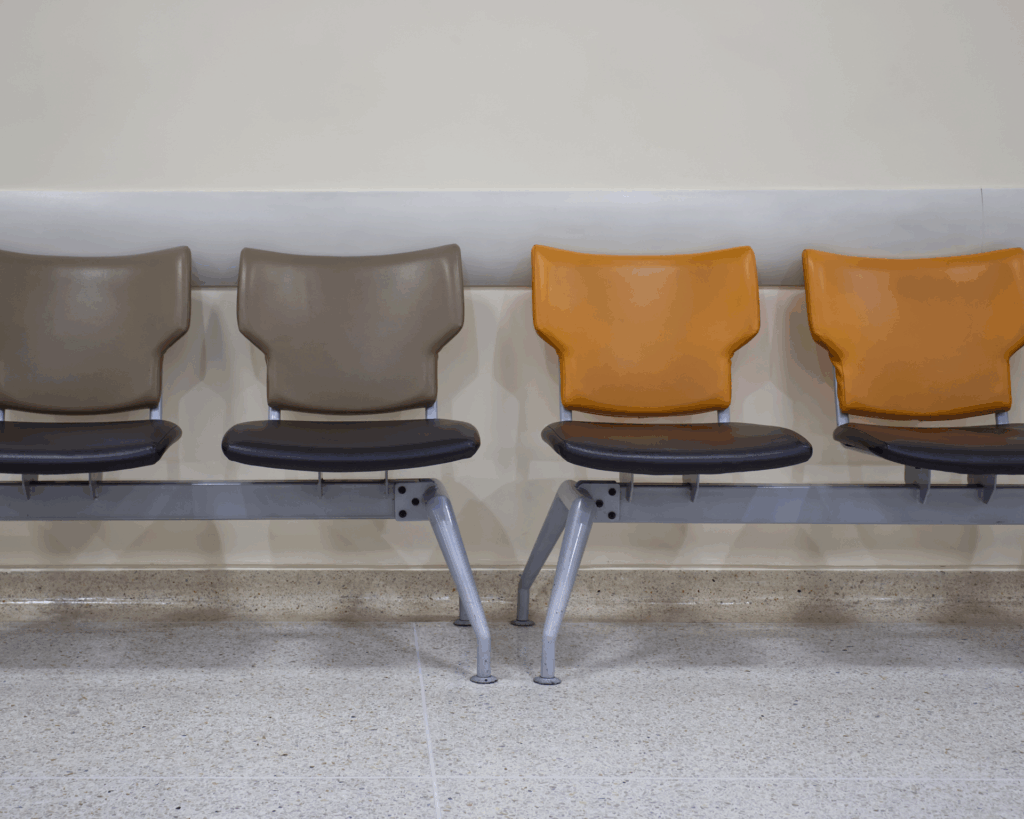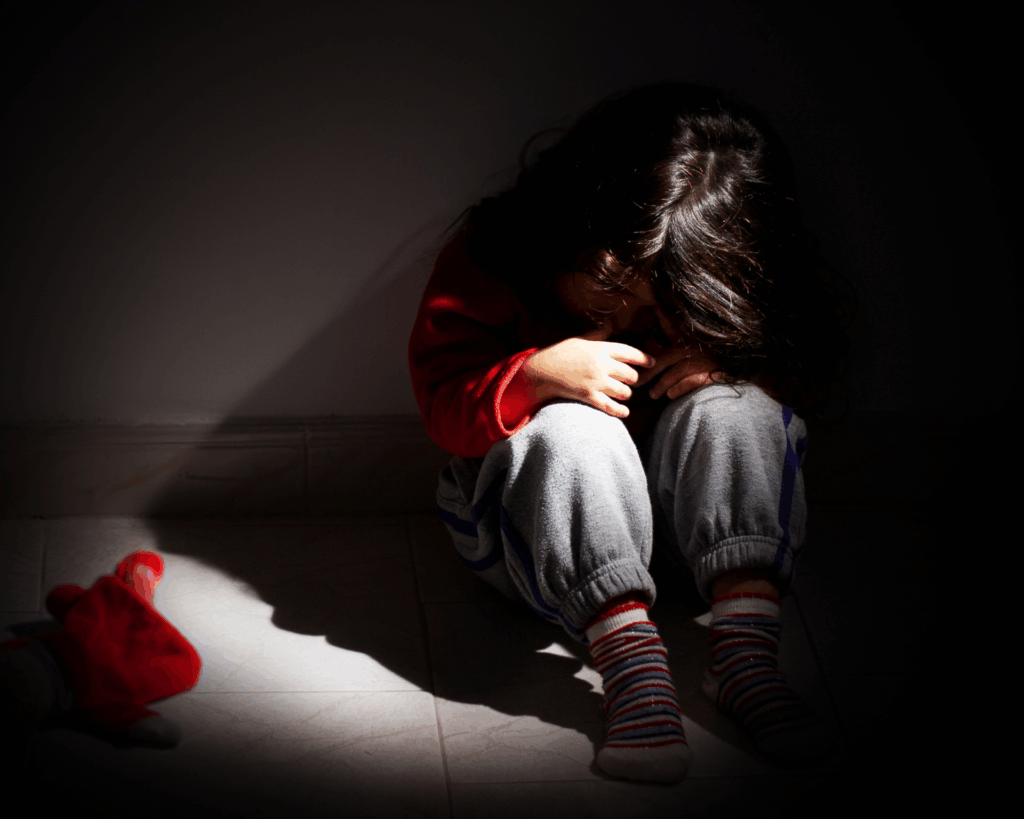Connection as Medicine
Humans are wired to connect. The relationships we build with family, friends, and community protect our health in many ways.

Read Time: 6 minutes
Published:
By the end of most workdays (and if I’m being honest, most weekends, too), I’m spent. As a working mom with two school-aged children, there’s always another deadline to meet, a meal to prep, dishes to clean, and kids tugging at my attention with yet another “new” way to solve math (a method that somehow looks harder than the one I learned).
The last thing I want to do is to leave the house and give more of myself away. On many occasions, the thought of meeting a friend or going to a work social feels like just one more demand I don’t have the energy to meet.
And yet, when I push myself to go—when I sit across from someone who listens, who laughs and makes me laugh, who reminds me that I am more than my roles as caregiver or professional—I always walk away lighter. That small act of connection shifts my mood, settles my body, and gives me a kind of energy no amount of caffeine can provide.
What I feel in those moments is relief, and something deeper. A growing body of research shows that social connection quiets our stress response, lowers inflammation, and bolsters immune resilience. People with strong social ties have better mental and physical health, live longer, and recover more quickly from illness.
Why Social Connection Matters
Humans are wired to connect. This need is as fundamental to our biology as rest, food, and movement. The relationships we build with family, friends, and community bring joy and comfort, as well as protect our health in multiple ways:
- Longer life expectancy. People with strong social ties live longer. A meta-analytic review found a 50% increase in life expectancy compared to those with weaker connections. Lacking connection can be as harmful as smoking up to 15 cigarettes a day.
- Lower risks of chronic disease. Strong ties reduce the risk of heart disease, stroke, dementia, depression, and anxiety. Poor connection, by contrast, raises heart disease risk by 29% and stroke by 32%.
- Stronger immune function. Having social support improves recovery from illness, lowers inflammation, and strengthens immune response. In cancer patients, higher social support is linked with better survival rates.
Disconnection as a Public Health Risk
Loneliness and isolation are emotional burdens and health risks that have reached epidemic levels. The COVID-19 pandemic magnified disconnection, and loneliness remains high: about 1 in 6 people worldwide report feeling lonely. This toll spans every life stage. Adolescents experience marked loneliness as they navigate peer approval and rejection; new parents experience stress and anxiety in isolation; and older adults face higher risks of chronic illness, depression, and premature death when disconnected.
One of the reasons why isolation can be damaging is that it fuels unhealthy behaviors (poor diet, smoking, inactivity, heavy drinking) and worsens mental health, increasing depression, anxiety, and suicidal ideation. For those with existing illnesses, disconnection erodes networks of care and compounds health risks.
Barriers to Connection
Just as access to nutritious food, spaces for movement, or nature is uneven, so too is access to social connection. Structural barriers like neighborhood disinvestment, limited transportation, caregiving and job demands, stigma, and physical inaccessibility make it harder for some to build and sustain relationships. If we know connection is vital to health, then we must embed opportunities for belonging into communities and spaces where isolation runs deepest.
Prescribing Connection through Programs and Policy
Some communities are intentionally embedding social connection into health systems and daily life. In the UK, clinicians engage in social prescribing (referring patients to community groups, arts programs, or volunteering opportunities). Early evaluations suggest this strategy can help reduce physician appointments and hospital admissions and potentially lower costs. Certain clinics in the U.S. use tools like the three-item UCLA Loneliness Scale to screen for loneliness and connect patients to resources.
Through workplaces and schools, structured acts of recognition and inclusion can help reshape whether people feel they belong. For example, peer-recognition systems (programs where employees publicly acknowledge one another’s contributions) have been tied to greater helping behavior and improved morale. Our built environment matters too. Walkable streets, parks, libraries, and community centers create everyday opportunities for connection. When cities and towns invest in shared spaces, from green parks to shaded benches, they help build healthier, more connected communities.
In an age of constant digital contact, it’s worth remembering that the quality of relationships matters over quantity. True connection often comes not from the number of likes or followers, but from a handful of close, trusted relationships—the kind built face-to-face or in meaningful exchanges, where people feel seen, heard, and supported. These are the relationships that carry us through the highs and the lows, the ones where we can celebrate life’s milestones, lean on each other in emergencies, and find steady support during life’s smaller crises. They’re also the people who remind us to schedule that check-up we’ve been putting off, or even sit beside us in the waiting room when we need the extra encouragement.
Everyday Ways to Strengthen Connection
- Reach out, even briefly. A brief phone call or text check-in (trading memes counts!) can lift the mood for both you and the other person.
- Trade distraction for presence. Instead of scrolling during a break, invite a colleague for a walk or briefly chat with a neighbor.
- Anchor rituals of connection. Weekly family dinners, Sunday phone calls or check-ins with a friend, or volunteering can provide steady touchpoints of belonging.
- Notice who might be left out. Extend an invitation to an older neighbor, a new parent, or a colleague who may need connection.
When I think back to the times I nearly canceled social plans, only to be glad that I didn’t, I realize the science matches my lived experience: in-person connection leaves us stronger, healthier, and more resilient. The small choice to show up ripples outward and improves our individual well-being, as well as the health of our communities. Say yes to connecting, and let’s keep showing up for each other.
Next up in the series: Empowerment as Medicine.




